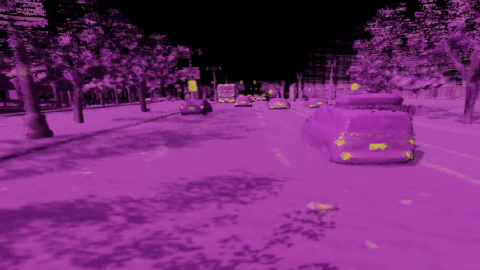
What’s exciting to me about this latest study is that the tech gave the participants skills they could use beyond the lab. And because the stimulator is external, it is likely to be more accessible and vastly cheaper. Yes, the newly enabled movements are small, but if you listen to the palpable excitement of one study participant as he demonstrates how he can move a small ball into a cup, you’ll appreciate that incremental gains are far from insignificant. That’s according to Melanie Reid, one of the participants in the latest trial, who spoke at a press conference last week. “There [are] no miracles in spinal injury, but tiny gains can be life-changing.”
Read more from MIT Technology Review’s archive
In 2017, we hailed as a breakthrough technology electronic interfaces designed to reverse paralysis by reconnecting the brain and body. Antonio Regalado has the story.
An implanted stimulator changed John Mumford’s life, allowing him to once again grasp objects after a spinal cord injury left him paralyzed. But when the company that made the device folded, Mumford was left with few options for keeping the device running. “Limp limbs can be reanimated by technology, but they can be quieted again by basic market economics,” wrote Brian Bergstein in 2015.
In 2014, Courtney Humphries covered some of the rat research that laid the foundation for the technological developments that have allowed paralyzed people to walk.
From around the web
Lots of bird flu news this week. A second person in the US has tested positive for the illness after working with infected livestock. (NBC)
The livestock industry, which depends on shipping tens of millions of live animals, provides some ideal conditions for the spread of pathogens, including bird flu. (NYT)
Long read: How the death of a nine-year-old boy in Cambodia triggered a global H5N1 alert. (NYT)
You’ve heard about tracking viruses via wastewater. H5N1 is the first one we’re tracking via store-bought milk. (STAT)
The first organ transplants from pigs to humans have not ended well, but scientists are learning valuable lessons about what they need to do better. (Nature)
Another long read that’s worth your time: an inside look at just how long 3M knew about the pervasiveness of “forever chemicals.” (New Yorker)








Recent Comments